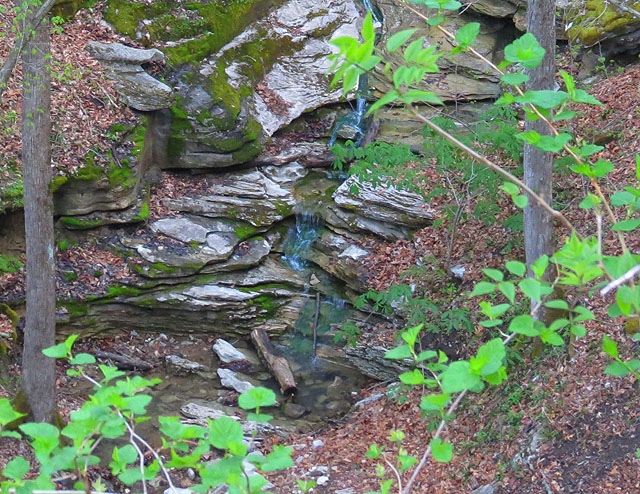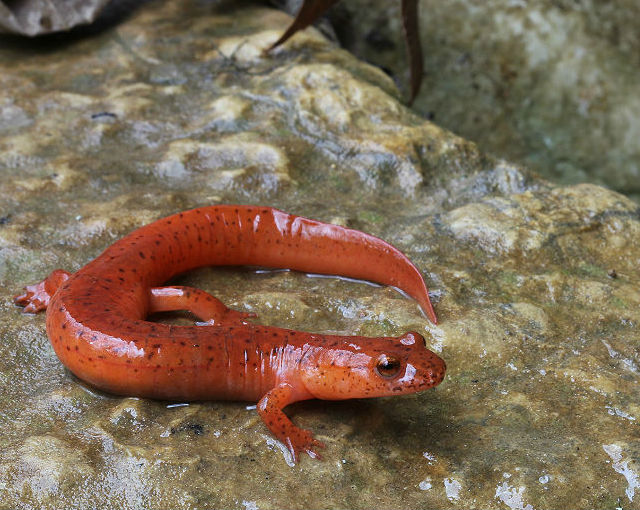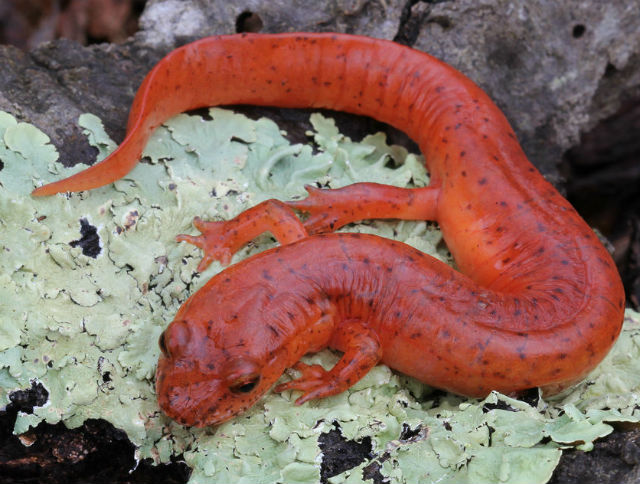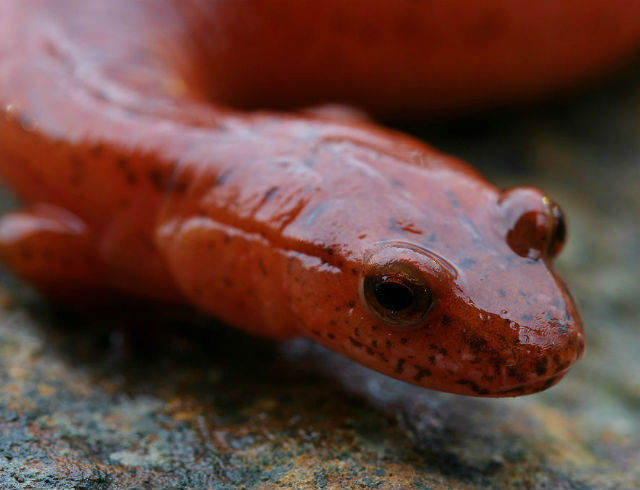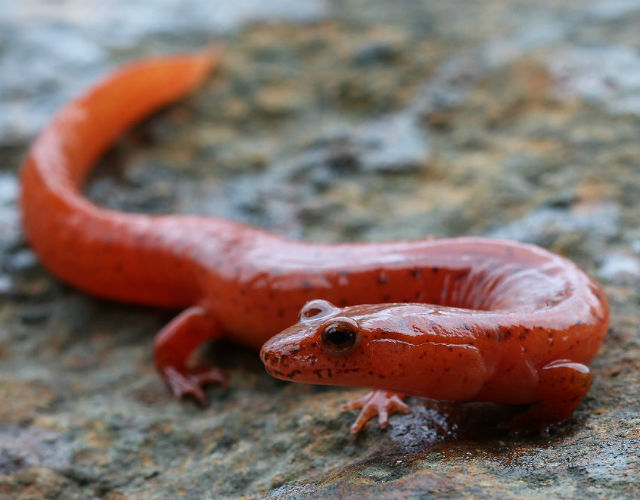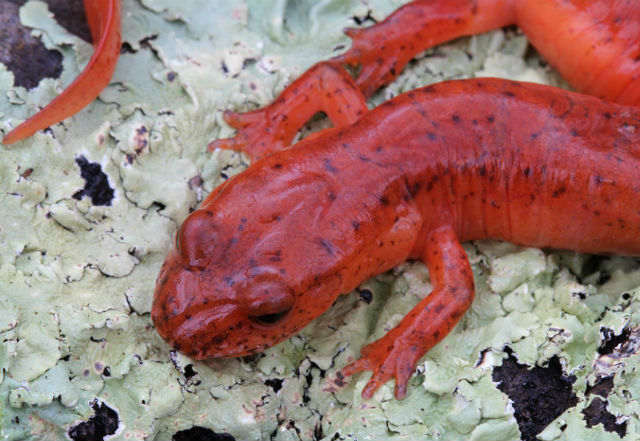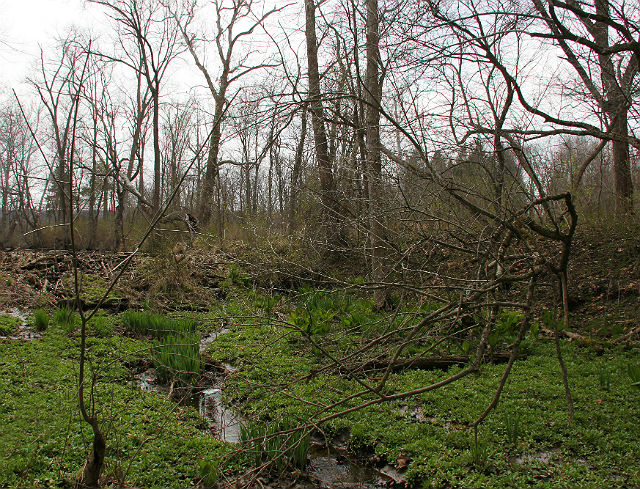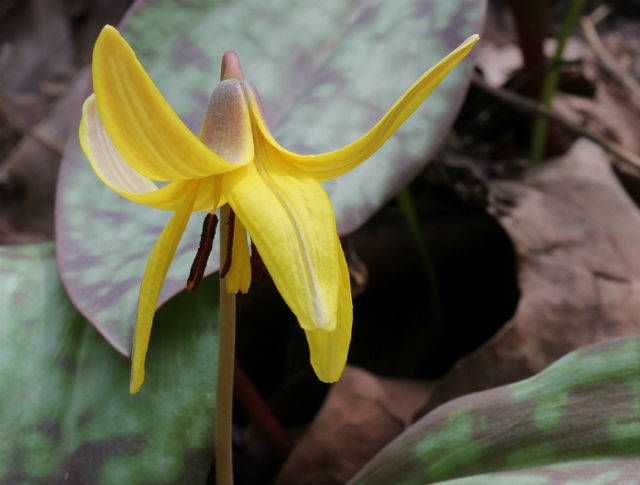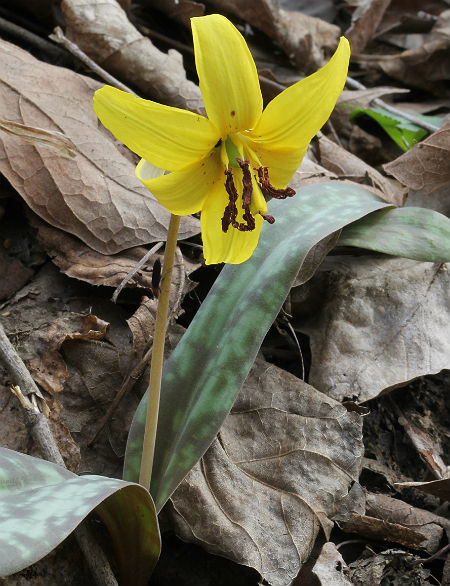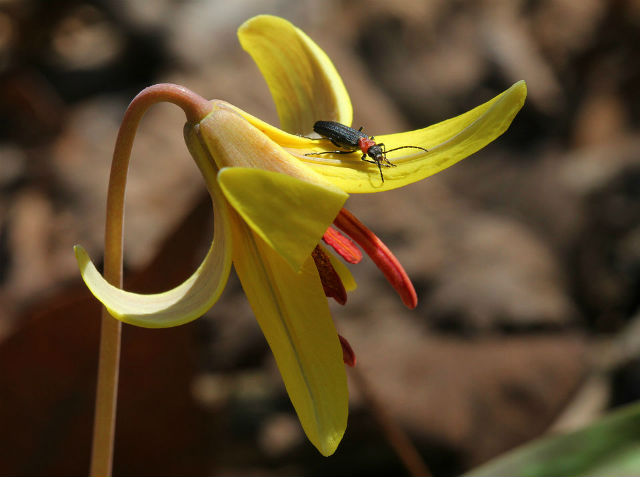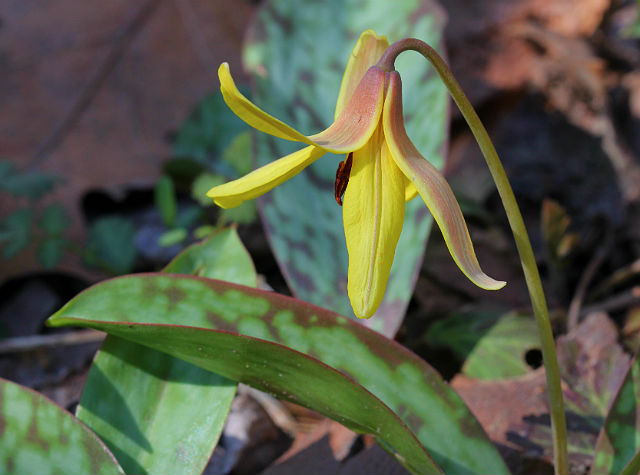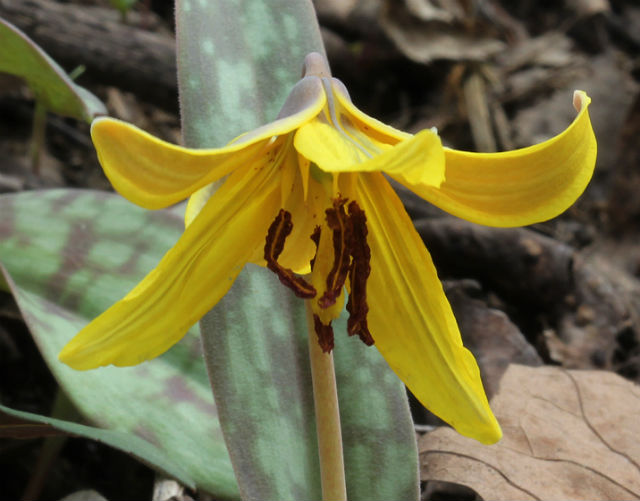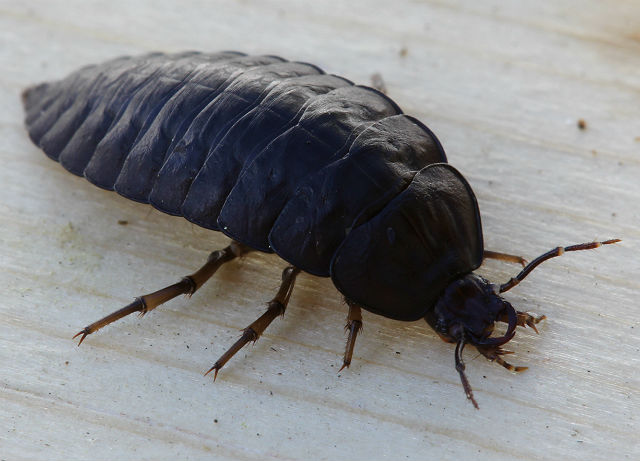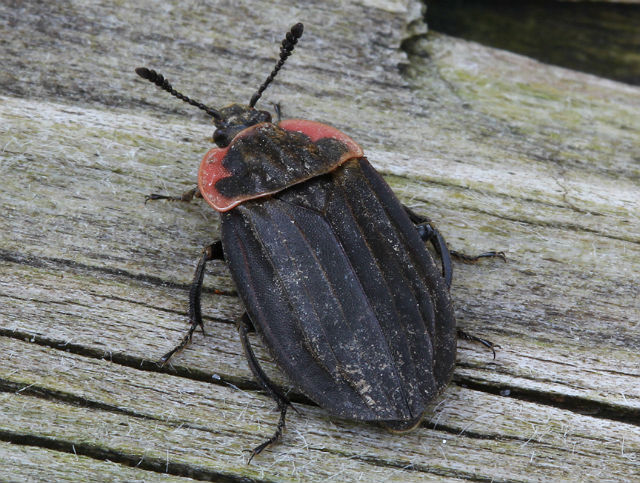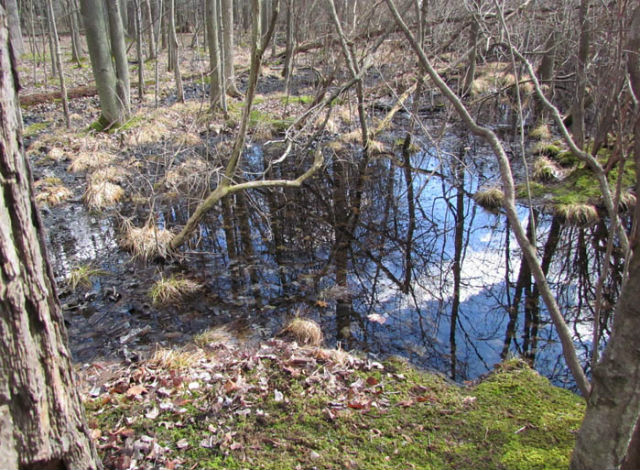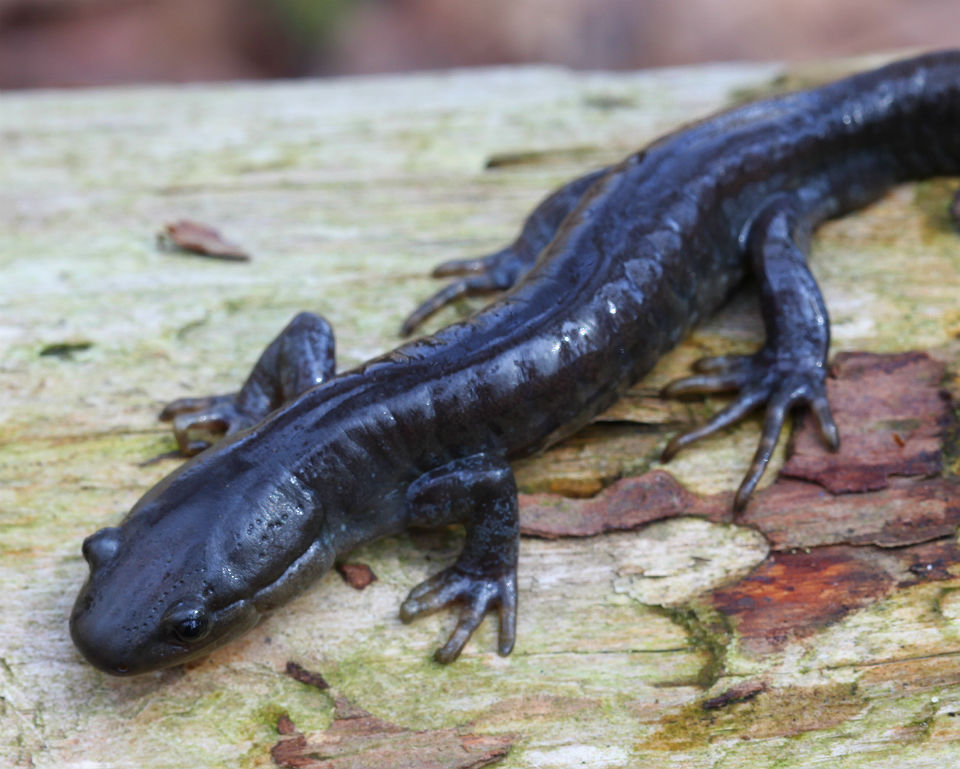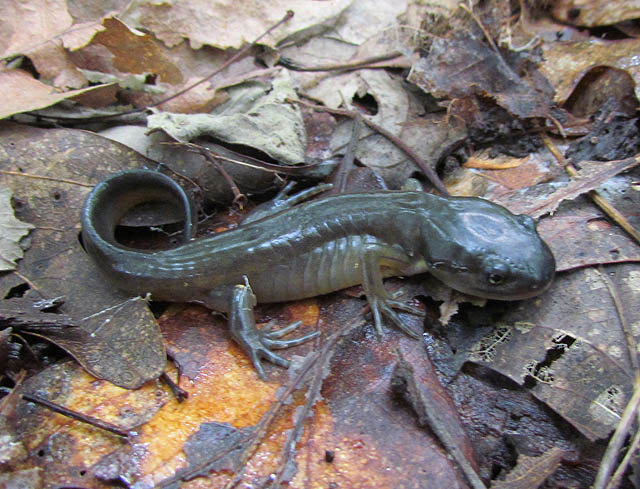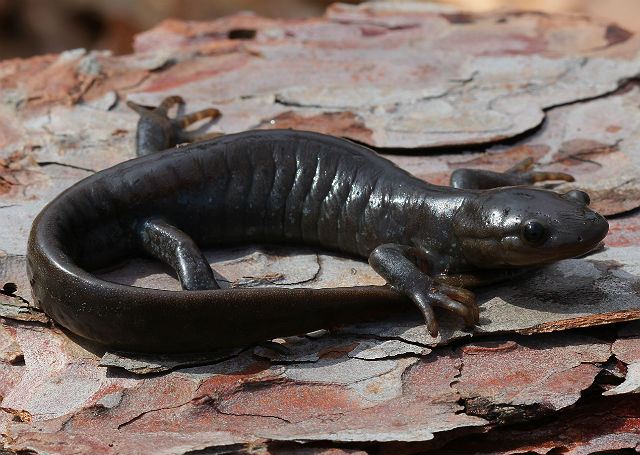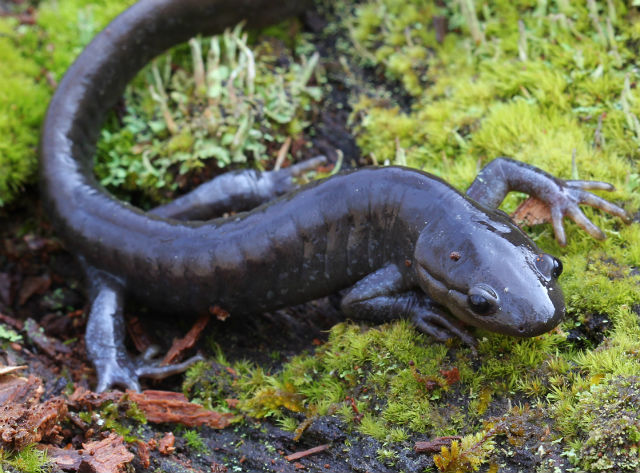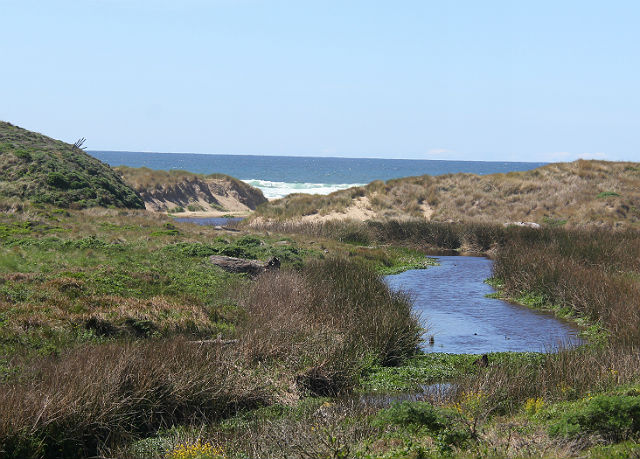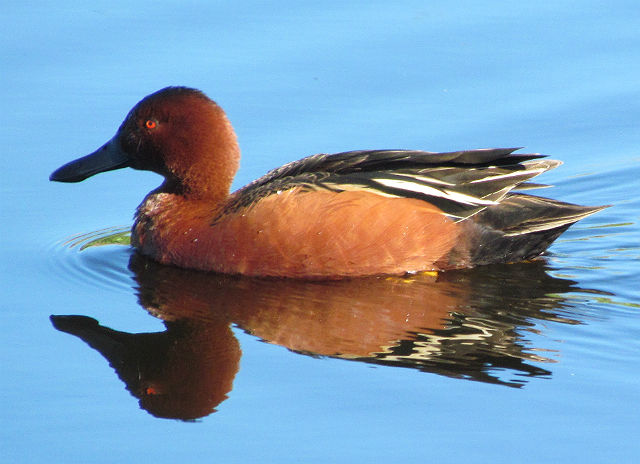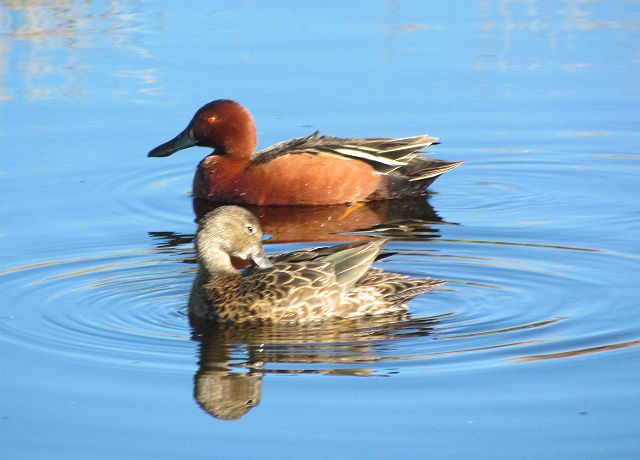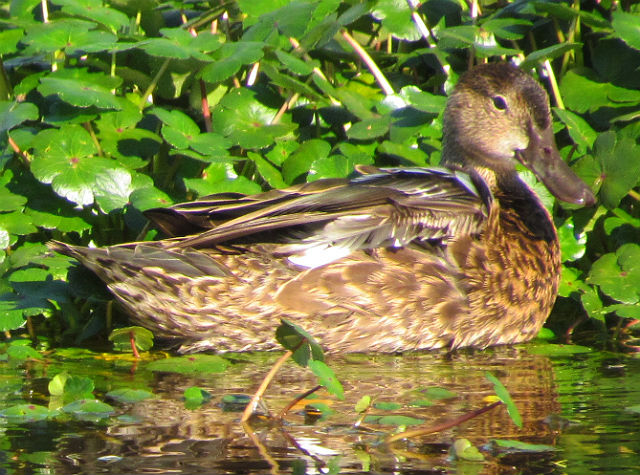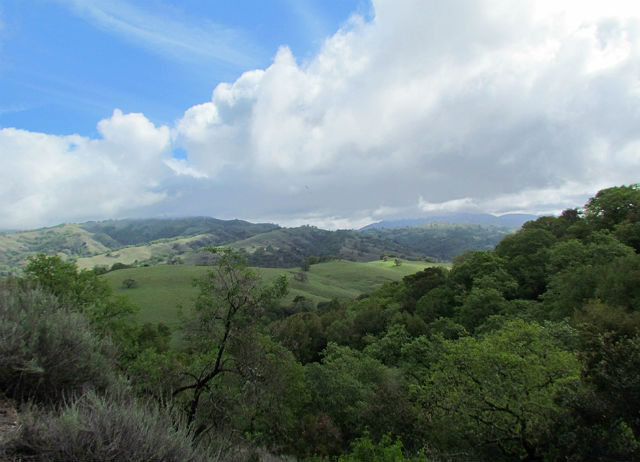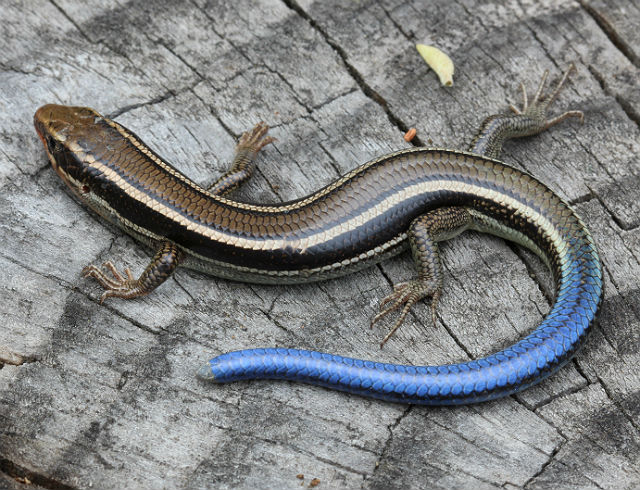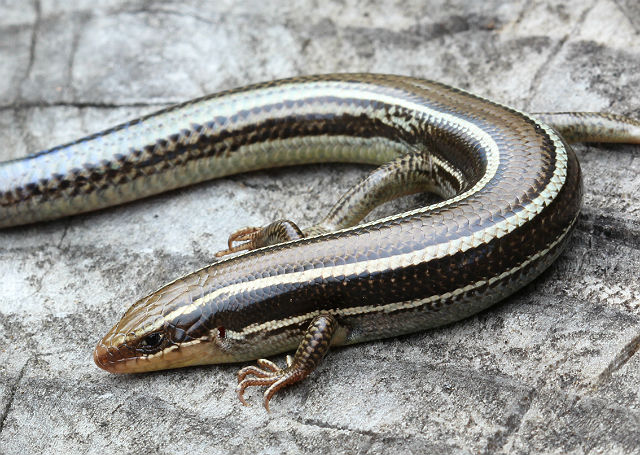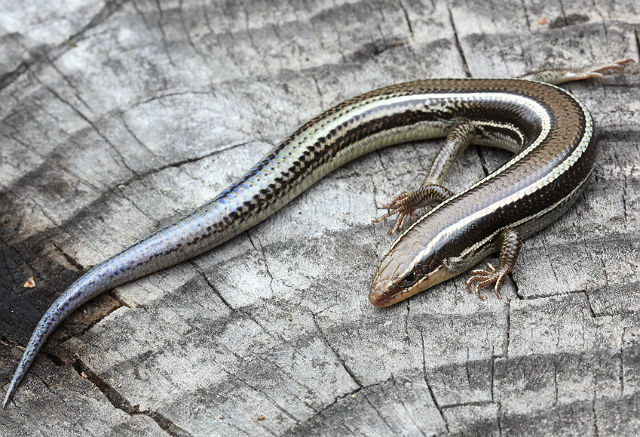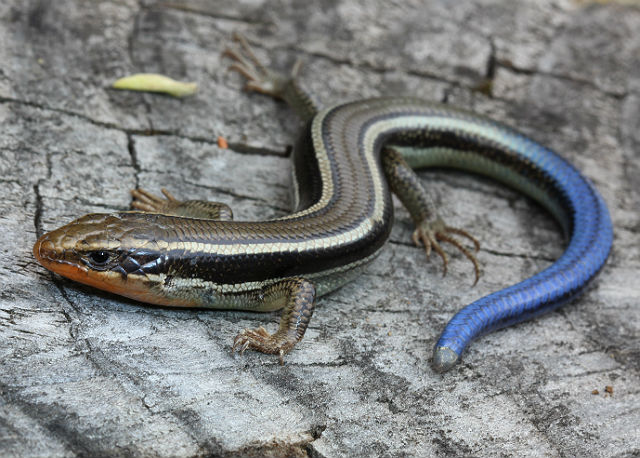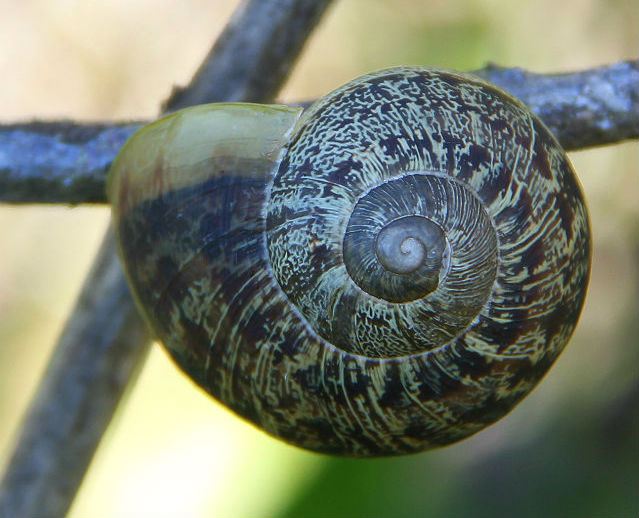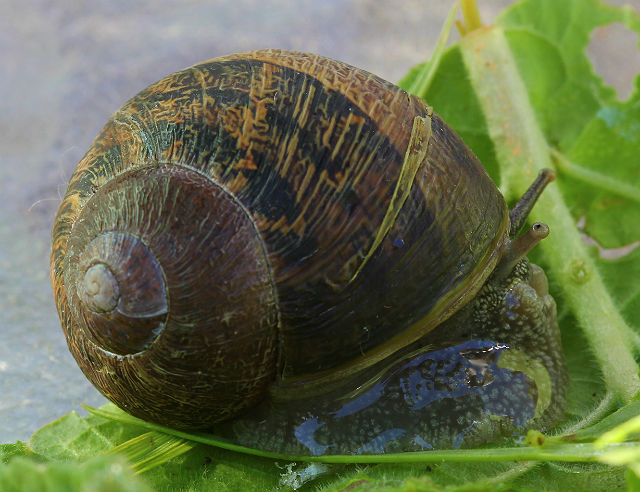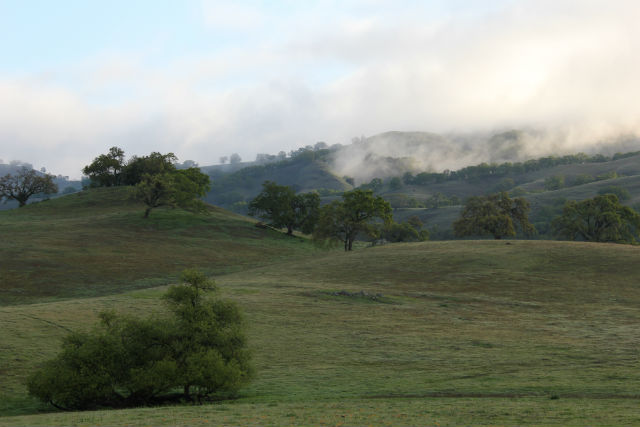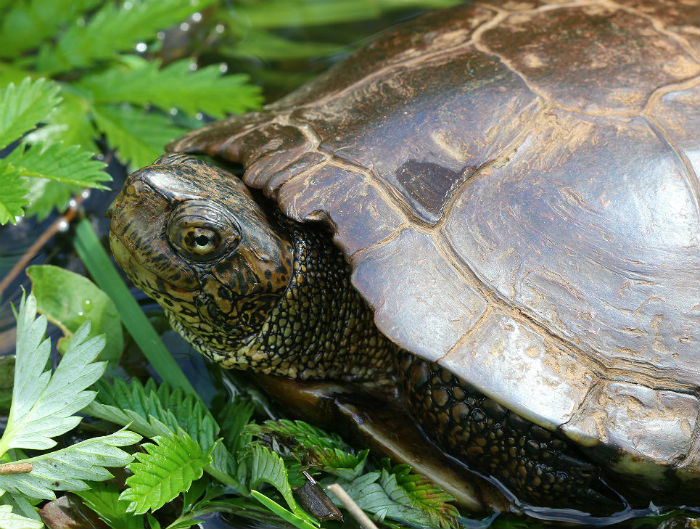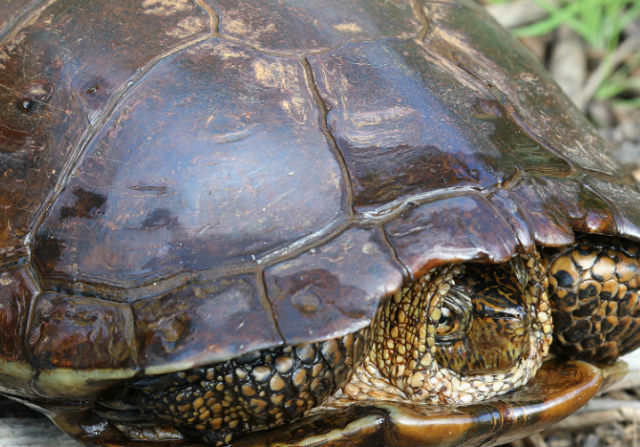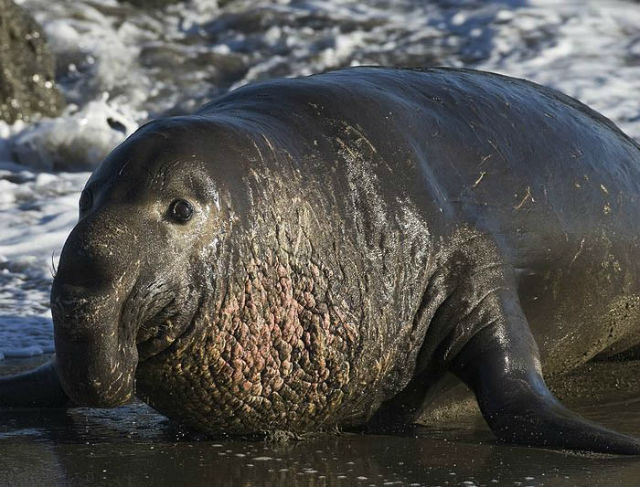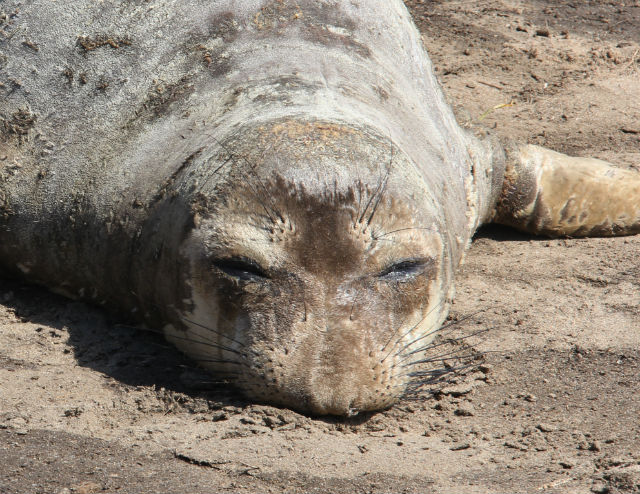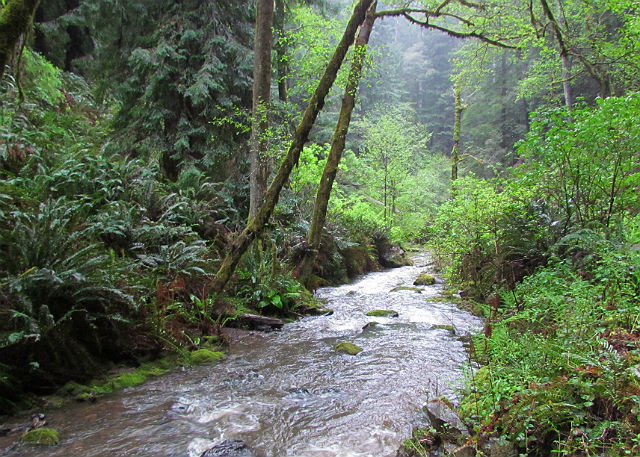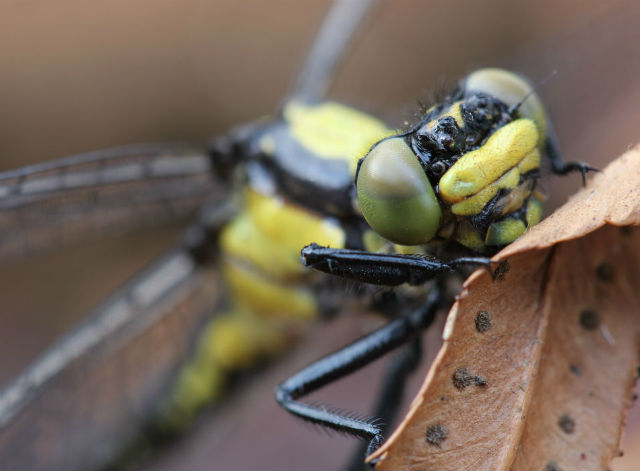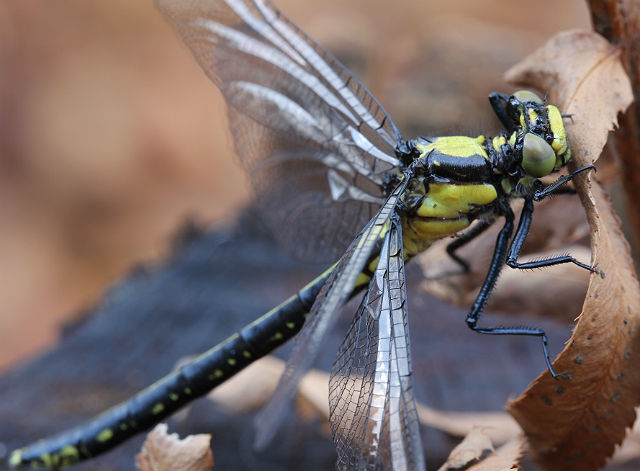This amphibian is found in Canada and the United States. Spring Salamanders are semi-aquatic, spending a majority of their time in springs, wet caves, and cool, clear mountain brooks. Spring Salamanders can also be found under stones and logs near stream edges.
This is one of the largest species of lungless salamanders and can reach about 8 inches in total length. It is usually salmon-pink to brown-pink with a few small, dark spots on the back and sides, usually forming a row along the sides.
Because they are lungless, and obtains oxygen through its skin, the Spring Salamander is limited to areas where there is adequate oxygen and moisture. Though is not confined to the water, however, and will sometimes leave its aquatic habitat and venture out on land in search of food.
As an adult, the Spring Salamander’s tail has a prominent, knife-like keel on the top that enables it to swim in swift-moving water. Adults also have toxic, skin secretions and red coloration that mimics more toxic species, for protection from predators.
It is primarily nocturnal. The Spring Salamander hunts at night for a wide variety of food consisting of insects, crustaceans, centipedes, millipedes, earthworms, snails, spiders, and occasionally small frogs and salamanders.
It was pretty cool to see several of these amphibians in the wild during my recent trip to Kentucky.

